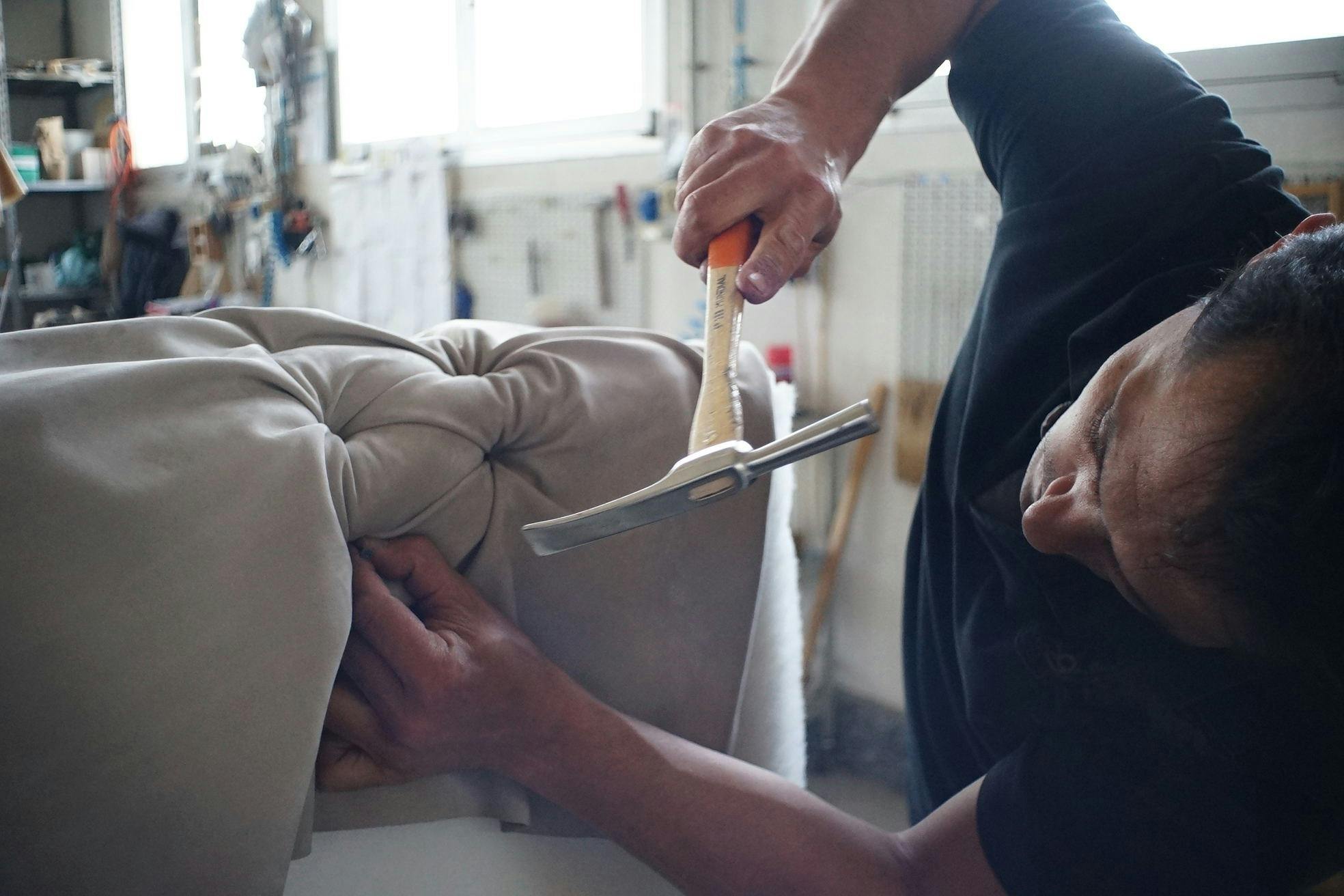
As a landlord, furnishing your rental property can significantly impact its appeal to potential tenants. The decision between selecting DIY furniture and opting for professional furniture packs is crucial and depends on various factors including cost, time, and the desired aesthetic. This blog post will compare the pros and cons of both options to help you make an informed decision.
DIY Furniture Packs:
Pros:
Cost-Effective: DIY furniture selection can be more budget-friendly. You have the flexibility to shop around for deals, choose cost-effective pieces, and even incorporate second-hand items to stretch your furnishing budget further.
Fully Customisable: Going DIY means you have complete control over every piece of furniture you choose. This can be particularly advantageous if you are targeting a specific market segment or want your property to stand out from others in the area.
Personal Satisfaction: For many landlords, the process of handpicking furniture and decorating a space can be highly satisfying. DIY provides a hands-on approach that allows you to put a personal touch on your property.
Cons:
Time-Consuming: The biggest downside of DIY furniture selection is the amount of time it takes. From researching and shopping to delivery coordination and assembly, the process can consume a significant amount of time that could be spent on other aspects of property management.
Inconsistent Quality and Style: Unless you have a keen eye for design, DIY furnishing can lead to a lack of cohesion in the aesthetic of your property. It might also result in variations in furniture quality, which can affect tenant perception and satisfaction.
Logistical Challenges: Handling delivery schedules, assembling furniture, and dealing with returns or exchanges can be cumbersome and stressful, particularly if you manage multiple properties.
Professional Furniture Packs:
Pros:
Convenience and Efficiency: Professional packs are pre-selected, which drastically reduces the time and effort needed to furnish a property. Everything is delivered and assembled at once, which is particularly advantageous for new landlords or those who are short on time.
Cohesive Design: These packs are typically curated by interior design professionals, ensuring that the furniture not only matches but is also styled to appeal to the broadest possible tenant base, enhancing the rental’s marketability.
Durability and Maintenance: Furniture packs provided by professional companies are often built to withstand the wear and tear of rental properties, ensuring longer-lasting furnishings and potentially lower maintenance costs.
Cons:
Higher Initial Cost: While convenient, professional furniture packs can be more expensive than DIY options. This is because you are also paying for the design expertise, assembly service, and coordination.
Limited Customisation: With a furniture pack, customization options are often limited. You might find that the styles and items available don’t perfectly match your vision or the specific needs of your property.
Dependence on Vendor Timelines: You are at the mercy of the vendor’s schedule for delivery and setup, which might lead to delays, especially if items are out of stock or if there are shipping issues.
Choosing between DIY and professional furniture packs depends on your priorities, budget, and how much time you can dedicate to furnishing your rental property. If cost is a major factor and you enjoy personalizing your property, DIY could be the way to go. However, if you prioritise time savings, consistency, and ease, professional furniture packs are likely more suitable.
Final Thoughts: Consider your target tenant market, your budget, and your own management style when making this decision. Each option offers unique benefits, and the right choice depends on your specific needs and circumstances.
I’m on socials
Look, like and follow us!
Recent Comments